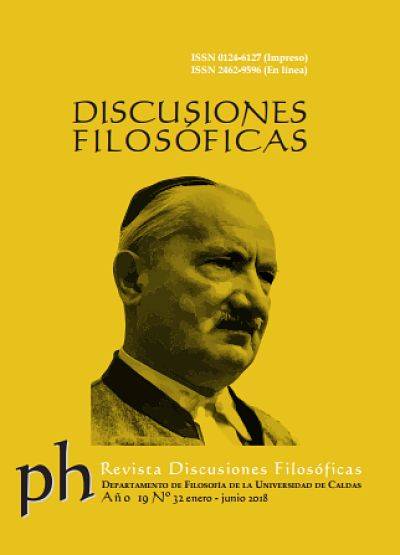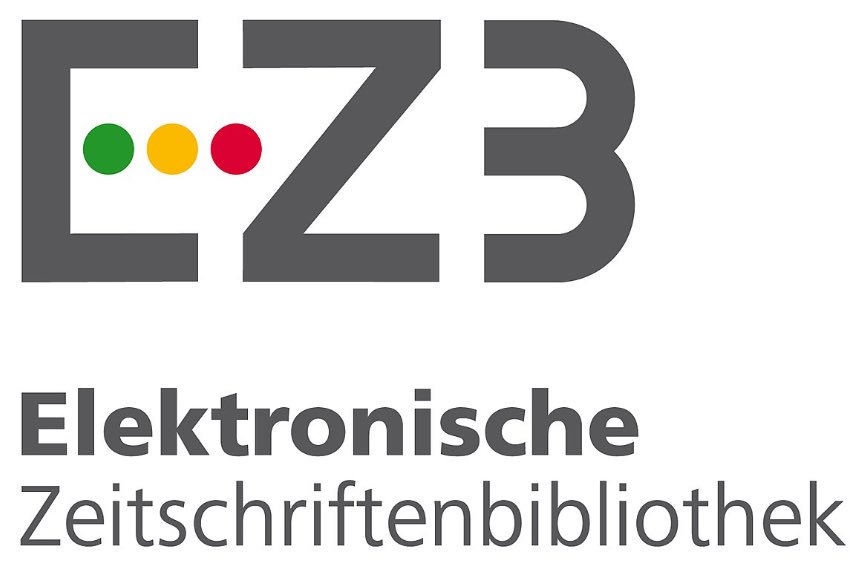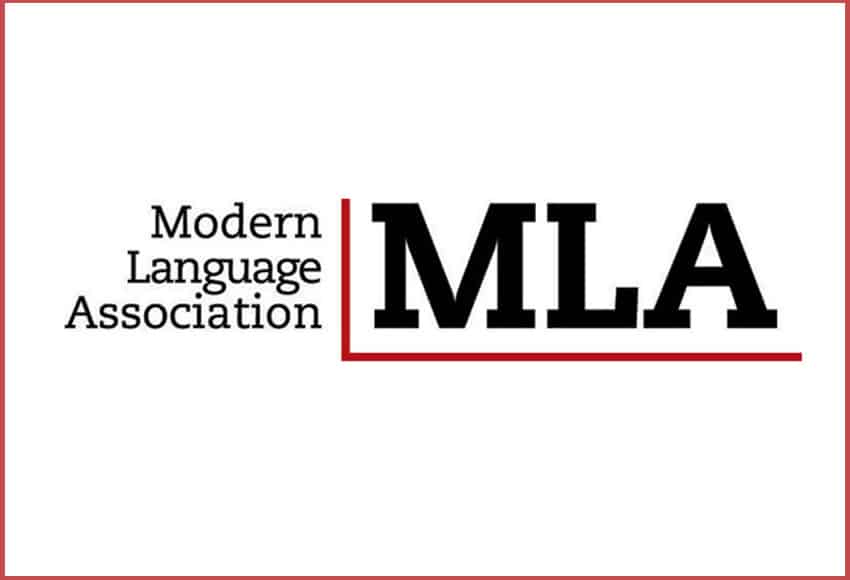Autores/as
Resumen
Las neuronas espejo son una clase especial de neuronas visomotoras originalmente descubiertas en el área F5 del cerebro macaco por un grupo de neurocientíficos de la Universidad de Parma (Gallese et al., Rizzolatti et al.). Desde su descubrimiento, las neuronas espejo han sido postuladas como la base neurofisiológica para entender las acciones y un mecanismo de imitación, aunque los macacos no tienen la capacidad de imitar. En los humanos, se cree que las neuronas espejo son responsables de la comunicación social en un sentido laxo (de aprehensión empática e incluso del lenguaje). La comunidad de neurociencias cognitivas y las disciplinas adyacentes están divididas sobre el papel exacto que juegan en la cognición social. Aunque esta disputa sólo puede resolverse a partir de la evidencia empírica, este artículo reflexiona sobre si el hecho de fomentar una creencia en el innatismo de estas estructuras neuronales aumenta las consecuencias sociales negativas.
Citas
Bateson, Patrick. “Are there principles of behavioural development?” The Development and Integration of Behaviour. Cambridge: Cambridge University Press, 1991. 19-39. Print.
Chomsky, Noam. “Review of B.F. Skinner's ‘Verbal Behaviour’”. Language, 35, 1959: 26-58. Print.
Daniels, Norman. Just Health: Meeting Health Needs Fairly. Cambridge: Cambridge University Press, 2007. Print.
Dehaene, Stanislas. “Evolution of human cortical circuits for reading and human arithmetic: The neuronal “recycling” hypothesis”. Eds. S.
Dehaene, J.R. Duhamel, M. Hauser and G. Rizzolatti. From Monkey Brain to Human Brain. Cambridge: Massachusetts. MIT Press, 2004,133-158. Print.
Fodor, Jerry., The Modularity of Mind. Cambridge: Massachusetts. MIT Press, 1983. Print.
Gallese, Vittorio. et al. “Action recognition in the premotor cortex”. Brain, 119 1996: 593-609. Print.
Gómez, Juan Carlos. Apes, Monkeys, Children, and the Growth of Mind. Cambridge: Harvard University Press, 2009. Print.
Gordon, Peter. “Numerical Cognition Without Words: Evidence from Amazonia”. Science, 306, 2004, 496-499. Print.
Heyes, Cecilia. “Where do mirror neurons come from?” Neuroscience and Biobehavioral Reviews, 34 , 2010: 575-583. Print.
Knobe, Joshua y Shaun Nichols. Experimental Philosophy. Oxford: Oxford University Press, 2008. Print.
Mameli, Matteo y Patrick Bateson. “An evaluation of the concept of innateness”. Phil. Trans. R. Soc. B., 366, 2011: 436-443. Print.
Meltzoff, Andrew and M. Keith Moore. “Imitation of Facial and Manual Gestures by Human Neonates”. Science. Oct. 1977: 75-78. Print.
Pinker, Steven. The Blank Slate: The Modern Denial of Human Nature. London. Penguin, (2003). Print.
Rizzolatti, Giacomo et al. “Premotor cortex and the recognition of actions”. Cogn. Brain Res. 3. Mar. 1996a: 131-141. Print.
Vohs, KD. and JW Shooler. “The value of believing in free will. Encouraging a belief in determinism increases cheating”. Psychological Science. 19, Jan. 2008: 49-54. Print.

 pdf
pdf
 FLIP
FLIP

























